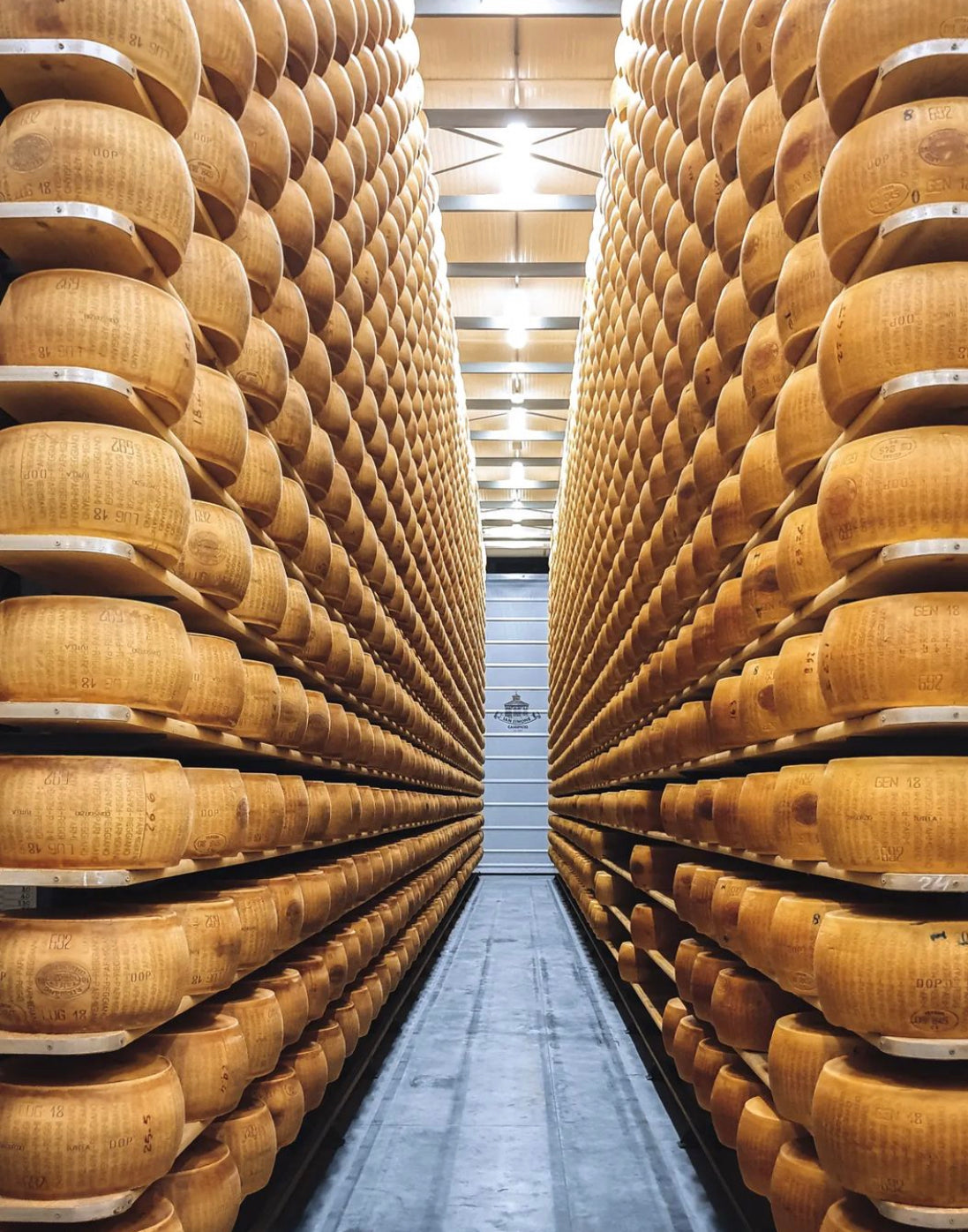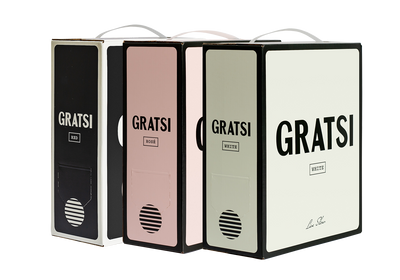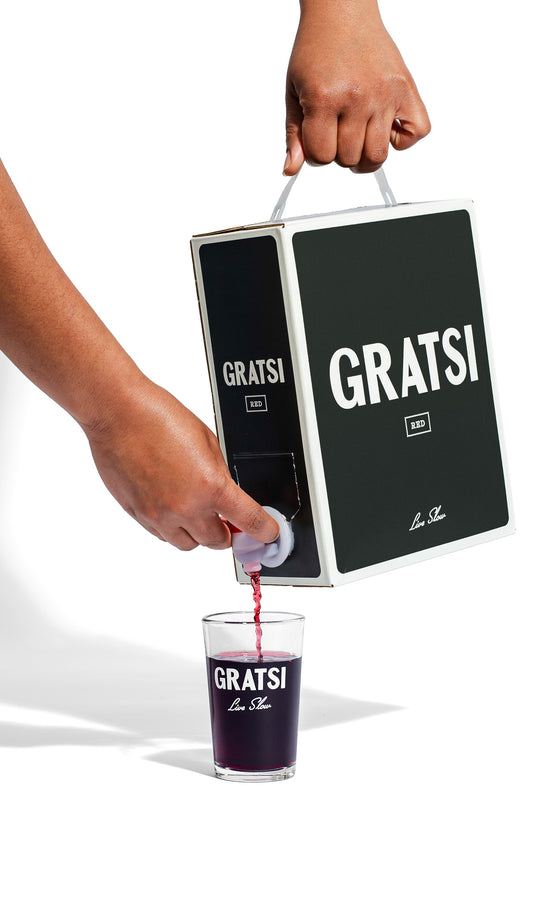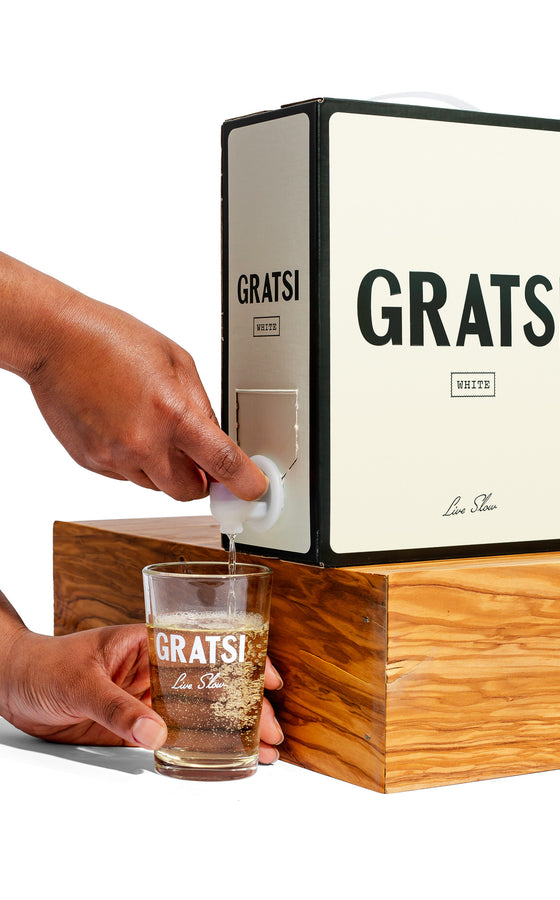All About Parmigiano Reggiano
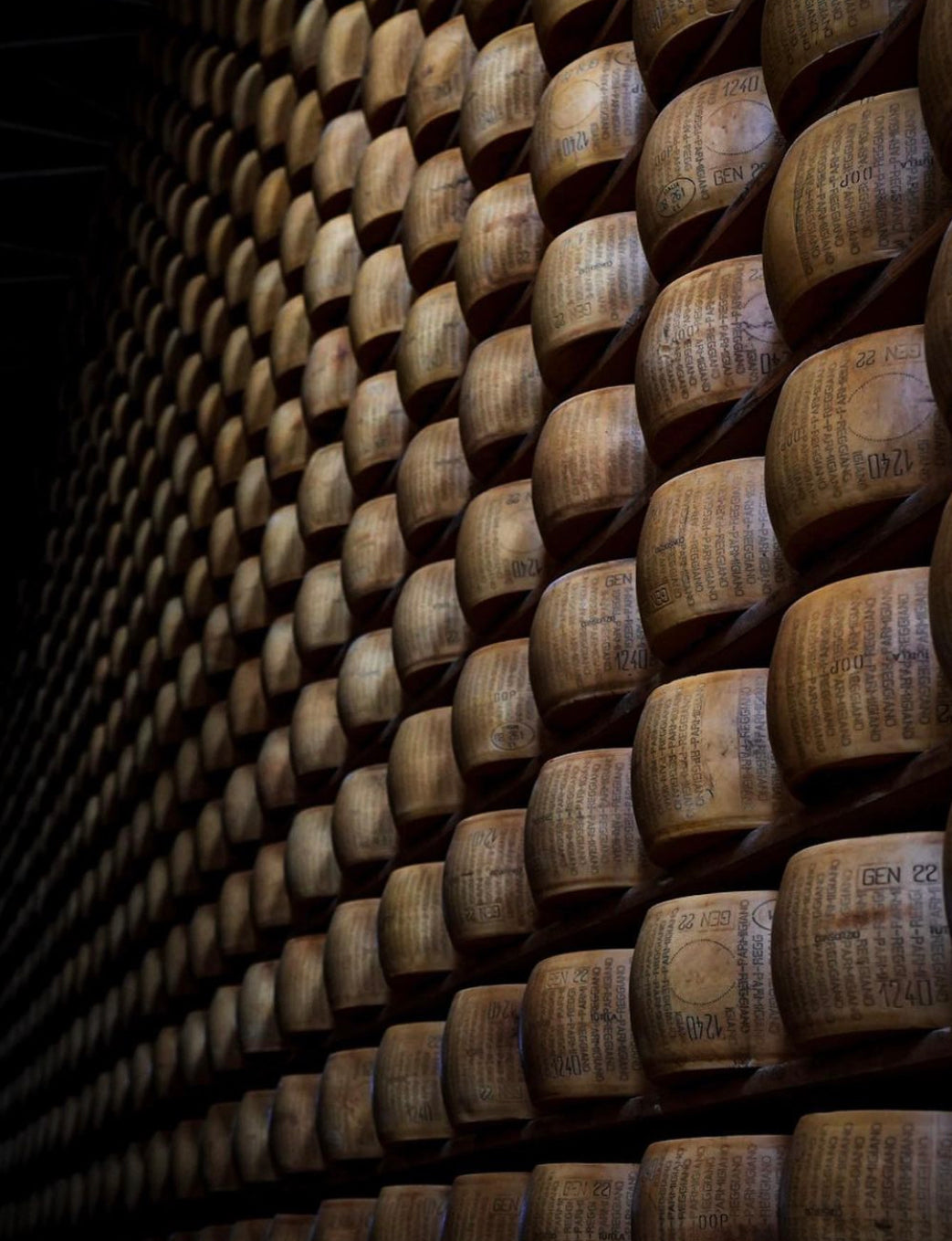
The World’s Best Cheese
All About Parmigiano Reggiano
By Antonia Fest
April 28, 2023
In February 2023, the prominent online food journal, TasteAtlas, released its list of the world’s 100 best cheeses. With nearly 2000 cheeses to choose from, ranging from hard to soft, smooth to mature, purely golden to veiny blue, the judges had their work cut out for them. Many countries – in particular, France and the UK - who take their dairy very seriously were surprised and even outraged as they were left snubbed by the ranking. Not a single one of their famous cheeses made it to the top 10 spots. Instead, 8 were Italian and the remaining 2 were Mexican and Portuguese.

The number 1 spot was clinched by none other than crumbly, creamy, salty, tangy Parmigiano Reggiano. From its careful and specific manufacturing process to its broad usage in dishes from the Mediterranean and beyond, parmesan is adored by all. It is a great unifier in Italy’s otherwise diasporic cuisine. Most pasta dishes across the country will be sprinkled (or avalanched) with fine snowy gratings of the cheese (exceptions are of course mandated: parmesan shouldnevergo on any form of seafood pasta; this is a crime of unimaginable offence). Yet the talents of Parmigiano Reggiano do not end there. It can be melted into indulgent sauces, shaved over fresh salads, swirled into creamy risottos or just eaten in whole chunks paired with a hearty glass of red wine. It is also used in plenty of international dishes harking far away from its source such as the Caesar salad, the American chicken Parmesan, and the Brazilian Pao de queijo. Its widespread usage in Italy and the rest of the world is not only testament to its taste but also to its quality and the precious production cycle which starts and ends in the terrain that it derives from.
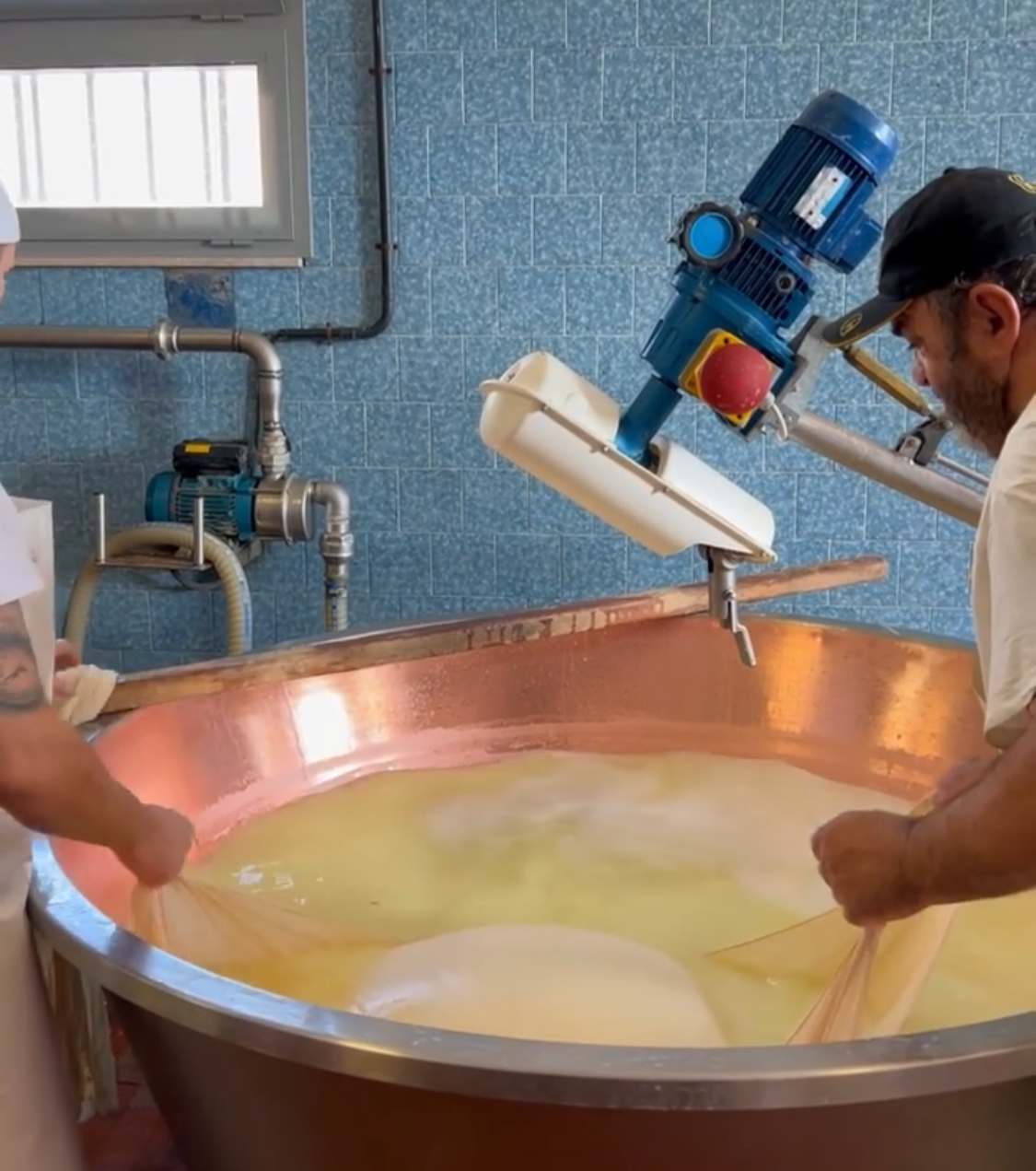
The history of Parmigiano Reggiano dates backs nearly 1000 years. Legend has it that in the early 13thCentury, Benedictine monks living in the territory of Parma in northern Italy were experimenting with ways to preserve large quantities of cow’s milk which their monasteries’ cattle were yielding. Combining the milk with salt from the nearby Salsomaggiore mines, they formed a thick paste and stored the mixture in large moulds. This led to the creation of a cheese which not only withstood the test of time but got better with it. Nowadays, aged parmesan is considered one of Italy’s most important delicacies, and it would be hard to come across a single household throughout the country which doesn’t have any in stock. As with most Italian specialities, it is fiercely protected; parmesan can only be produced in the neighbouring provinces of Parma, Reggio Emilia, Modena, Mantua and Bologna all in the region of Emilio-Romagna. Anything which claims a different location is not the real deal and imitators will never live up to the taste or the high standards of a true hunk of parmesan.
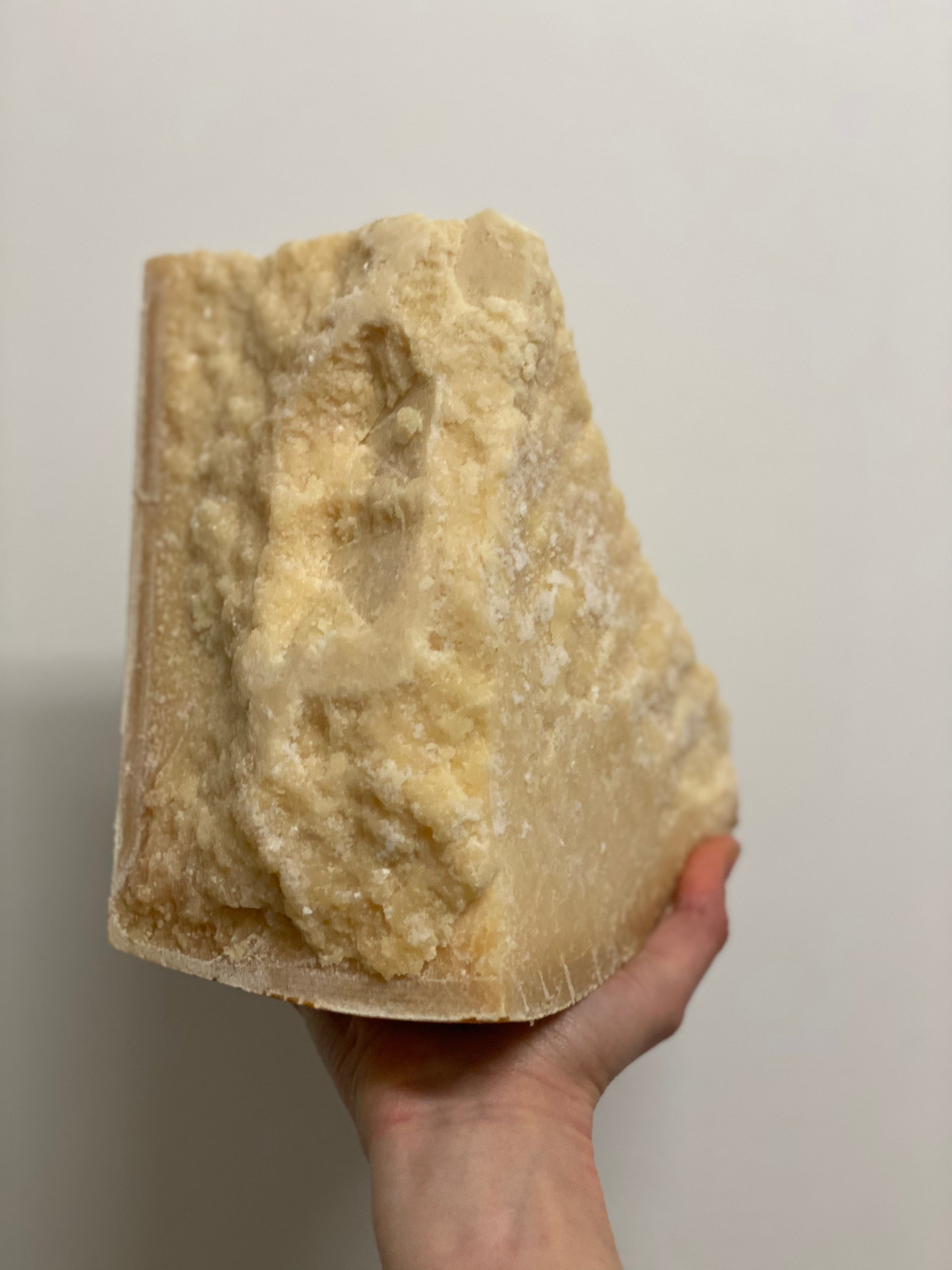
Whilst the method of making parmesan is in essence simple, it is an extreme labour of love. 550 litres of cow’s milk are required to craft just one wheel. Its raw ingredients need to be combined in perfect quantities and temperatures. The entire process is overseen by a master cheesemaker, whose hard work is marked on every wheel he works upon. Stamped onto the parmesan’s rind, you will see the exact month and year in which the cheese was made by its master, as well as the factory registration number. This is an indication of its official origins in Emilio-Romagna. A few days after a parmesan is formed, moulded and branded, it will then be submerged in salty water to complete the salting procedure which gives the cheese that intense savoury flair. Once it has absorbed the saline water and been infused with its rich flavour, the intervention phase is complete. Now the wheel is stored on a shelf along with hundreds of others to begin its period of maturation. A visit to any parmesan dairy farm in Emilio-Romagna will astound you as you wander down narrow corridors flanked by towering shelves of neatly lined slabs of cheese.
Patience is the ultimate virtue when it comes to making parmesan. Its minimum maturation period is 12 months, and as with wine, the longer it is left, the better and more complex it becomes. Some are left for 24, 36, 40 months or more. If standards have been met after this long wait, it is once again marked with unmistakable officialising symbols that confirm it is fit and ready for our eager consumption. The exciting anticipation of watching a master cheesemaker delicately crack open a wheel to reveal the intricate and crumbling textures within is entirely unmatched.
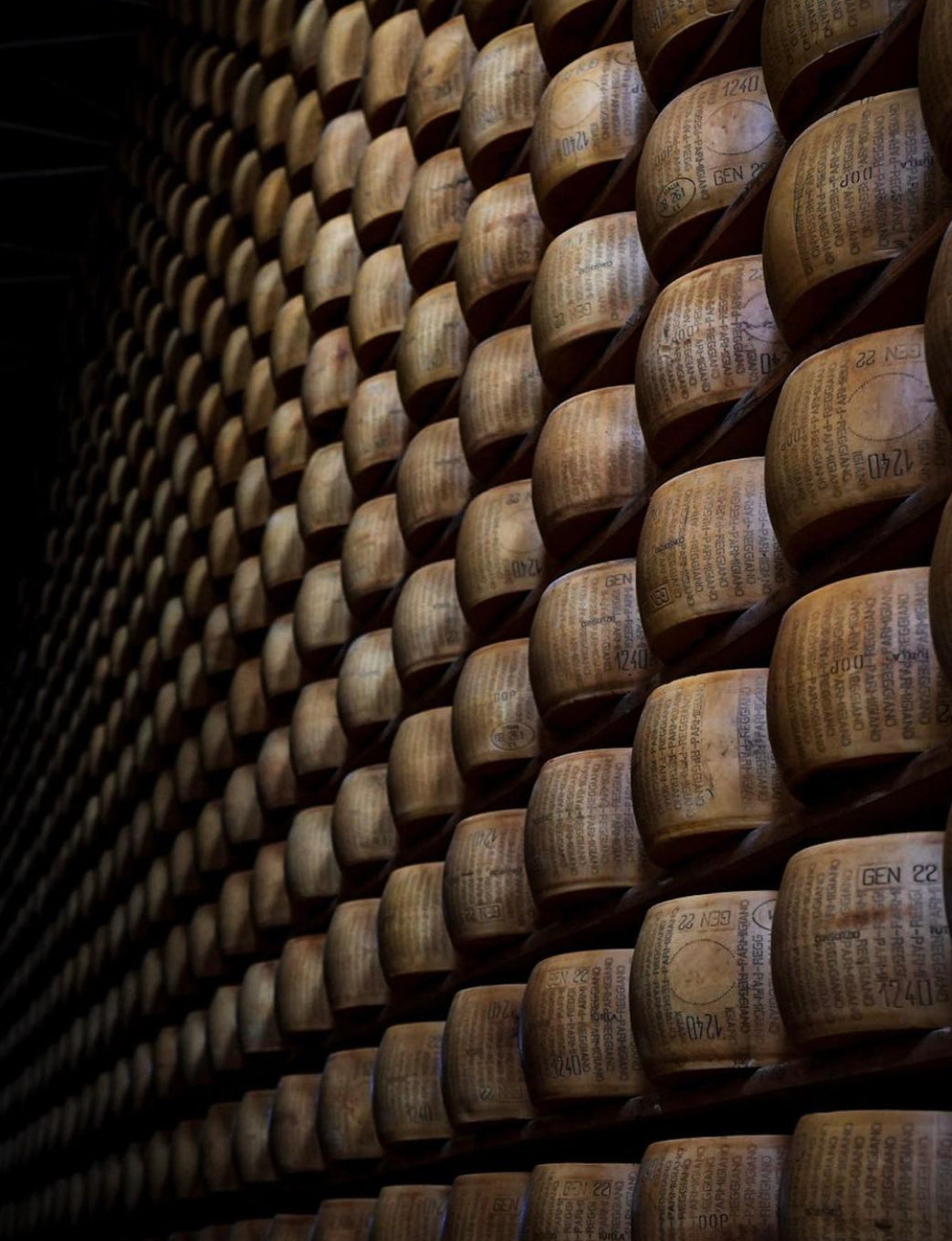
The beginnings of parmesan are humble and whilst the ingredients and production method have mostly remained the same since its inception in 1200, its monetary value continues to rise. Indeed, there is even an Italian bank which accepts the giant wheels as collateral for business loans! Since the raw materials are not expensive in themselves, the parmesan’s high worth is thanks to its rich history but mainly to its strict process and origins of creation.
The importance of tying parmesan to its region is not just a matter of pride but also one of ensuring that the natural terrain, farming techniques, handiwork, and maturation of the cheese are all carried out with the highest of standards. It is not just the cheese master who is to thank for these exceptional wheels of fortune. It is the complexities of Emilio-Romagna’s natural environment, its lovingly cared for cattle, and its tireless farmers who contribute to this lengthy development. Its production, therefore, does not begin with the aging process or the mixture of the raw ingredients just before.The result of a perfectly aged wheel of parmesan takes multiple hands and hooves to achieve the irresistible finished result. It is no wonder therefore that Parmigiano Reggiano was crowned above all others as the world’s very best cheese.
